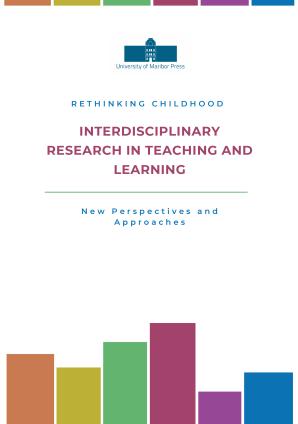Bridging the Gap: Understanding Teacher Perspectives on Humanoid Robots in Education
Synopsis
This study explores the readiness of 233 teachers, comprising 124 in-service teachers from diverse Slovenian schools and 109 pre-service teachers from two faculties, to integrate humanoid robots – defined as robots with human-like features and capabilities – into educational settings. By evaluating attitudes, along with perceived benefits such as challenges including technological accessibility and ethical concerns, the study assesses readiness across teaching status (in-service vs- pre-service) and levels (primary vs. secondary). Utilizing Mann-Whitney U test and two-way ANOVA, findings reveal moderate readiness without significant differences between groups, but a wide range of individual attitudes. The results suggest the necessity of further research to explore the link between perceived readiness and effective integration strategies, including the development of ethical guidelines and support mechanisms for teachers. This contribution highlights the importance of a collaborative approach to integrate humanoid robots responsibly and effectively into educational environments.
Downloads
Pages
Published
Categories
License

This work is licensed under a Creative Commons Attribution-NonCommercial-ShareAlike 4.0 International License.






